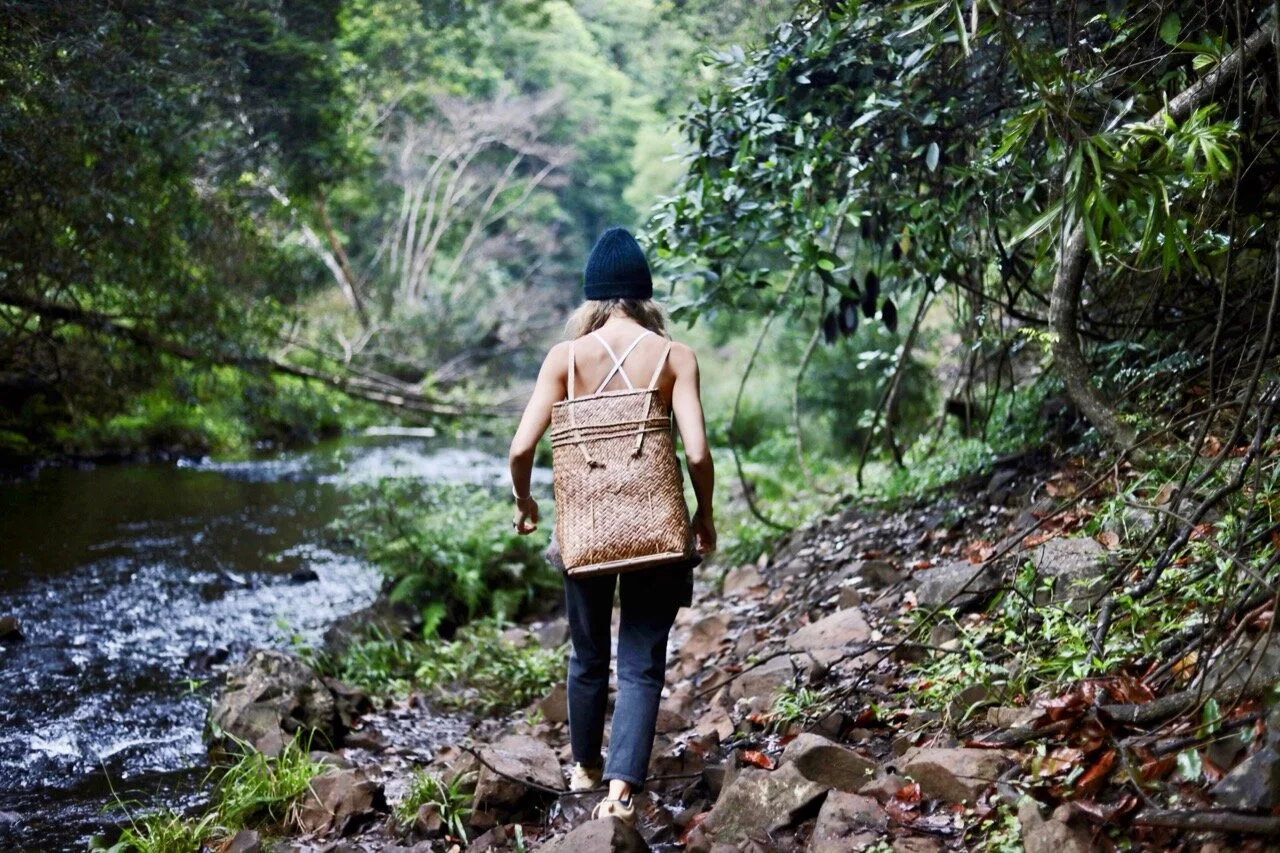10 WAYS TO TRAVEL MORE SUSTAINABLY: NZ HERALD
In the era of Greta Thunberg and the ‘green wave’ that’s sweeping our depleted planet, many of us have been wondering how we can travel better. here are 10 ideas.It’s the conundrum we’ve all been facing lately. In the era of Greta Thunberg and the ‘green wave’ that’s sweeping our depleted planet, many of us have been wondering how we can do better. In terms of travel, we’ve been asking ourselves how we can continue exploring the world – to keep doing the important work of broadening our hearts and minds, and promoting cross-cultural understanding – without hurting it. If you’re confused about where to start, we’ve compiled this list of 10 actions you can take to be a more sustainable traveller. Whether you take one, three or all ten on board for your next adventure, we’re certain they will make your next trip better, for both you and the earth.
1. PACK LIGHTLY
Packing less stuff is beneficial for your wallet (no extra luggage fees) and the planet, since the heavier your bag, the more fuel the plane needs. Not buying a new holiday wardrobe will be that much easier if you also remember that the fashion industry is the planet’s second-largest polluter, and that the world now consumes a staggering 80 billion pieces of clothing each year. If there are essentials you need for your trip, invest in sustainable brands and timeless pieces.
2. FLY SMARTER
We’ve all been feeling what the Swedish have coined flygskam, or ‘flight shame’, lately, knowing that air travel generates around five percent of the world’s carbon emissions. Buying carbon offsets from companies like mossyearth.com or climatecare.org can help, as can booking the most direct route, since taking off and landing burns more fuel than cruising. Flying economy is more eco-friendly than business and first-class, since economy seats take up less space, as is choosing airlines that use biofuels or newer, more fuel-efficient planes.
3. TAKE THE TRAIN
One antidote to flygskam is tagskryt, or ‘train bragging’. Sure, trains usually take longer than planes, but they also use up to 50 percent less fuel, plus their emissions aren’t released directly into the upper atmosphere. There’s an undeniable romance to rail travel, it allows you to experience a deeper sense of place by immersing you in the landscape, plus it gives you the chance to walk around and get to know fellow passengers.
4. GO PLASTIC-FREE
In the last ten years, we’ve made more plastic than the century before that, and almost every piece of plastic ever made is still on the planet. You can do your bit and reduce the amount of disposable plastics you consume while on the road by packing things like a KeepCup, a reusable water bottle, a metal container for takeaway food and a reusable cotton tote bag for shopping.
5. CHOOSE LOCAL
Choosing locally-owned and run hotels and restaurants, and local guides, means your tourist dollar is going back into local communities. Choose those that use the best environmental practices – hotels staffed by locals that are making concerted efforts to reduce waste, energy and water consumption, restaurants that use local and organic produce, and guides that help you explore with the least impact.
6. TAKE IT SLOW
Going fewer places and spending more time in each is another way to decrease your carbon footprint, since there’ll be less transport involved. Instead of ticking off dozens of sights and activities, travelling more slowly also lets you fall into the rhythm of the daily lives of the locals, so you can learn more about their culture, customs, food and language.
7. DODGE THE BUFFET
Hotel buffets can be extremely wasteful, with massive amounts getting binned. The New York Times recently reported that the US generates 63 million tonnes of food waste every year, an estimated 40 percent of which comes from businesses like hotels and restaurants. Low-waste initiatives are being implemented by some big hotel chains, but in the meantime, order a la carte instead.
8. STAND BY ANIMALS
Observing animals humanely can be complicated and confusing, but there are a few key things to remember. Riding on or getting washed by elephants, snorkelling with dolphins, playing with baby tigers – interactions of this kind are not normal for wild animals and should be avoided. Seeing an animal that is chained or being forced to participate in activities that could cause them pain should ring alarm bells, and using trained animals as props for selfies is never a good idea. Watching animals from a safe distance in the wild is ideal.
9. SHOP CAREFULLY
Step away from the plastic keyring, and towards the locally made and hand-crafted. When you avoid mass-produced goods on your travels, you not only end up with better quality souvenirs that you’re more likely to treasure, you’re also helping local artisans make a living. Research where the best locally-owned handicraft stores or markets are, and remember it’s always worth paying more for a carefully made product.
10. RESPECT ALL CULTURES
How would you feel if a tourist snapped a picture of you without asking? Spoke to you in a language you didn’t understand? Ignored you when you asked a question? Annoyed, right? So ask before you take a photograph, smile at people, thank them, try to speak even a few words of their language. Be polite, be gracious, be an ambassador for your country.
THIS STORY FIRST APPEARED IN PRINT AND ONLINE HERE
